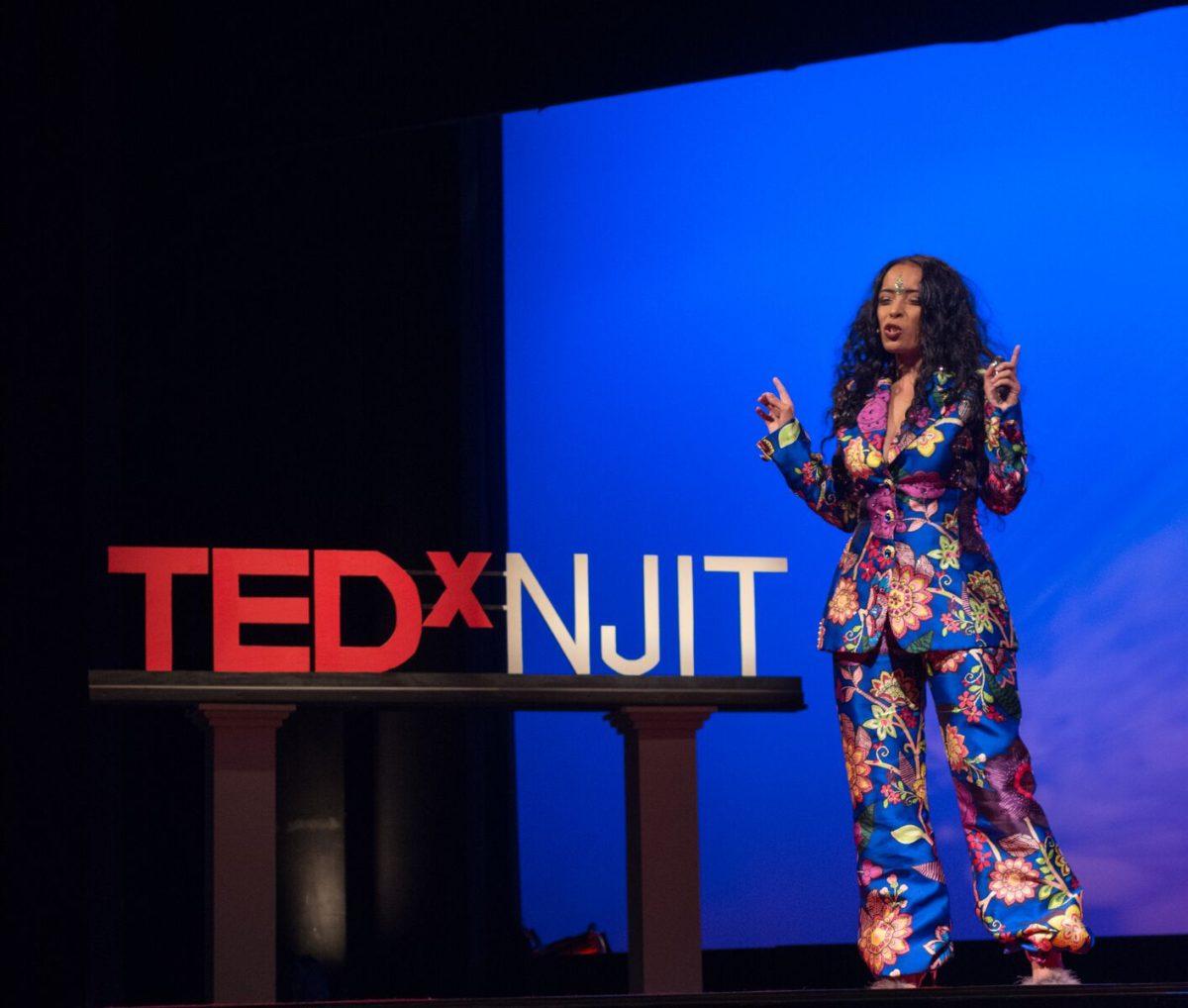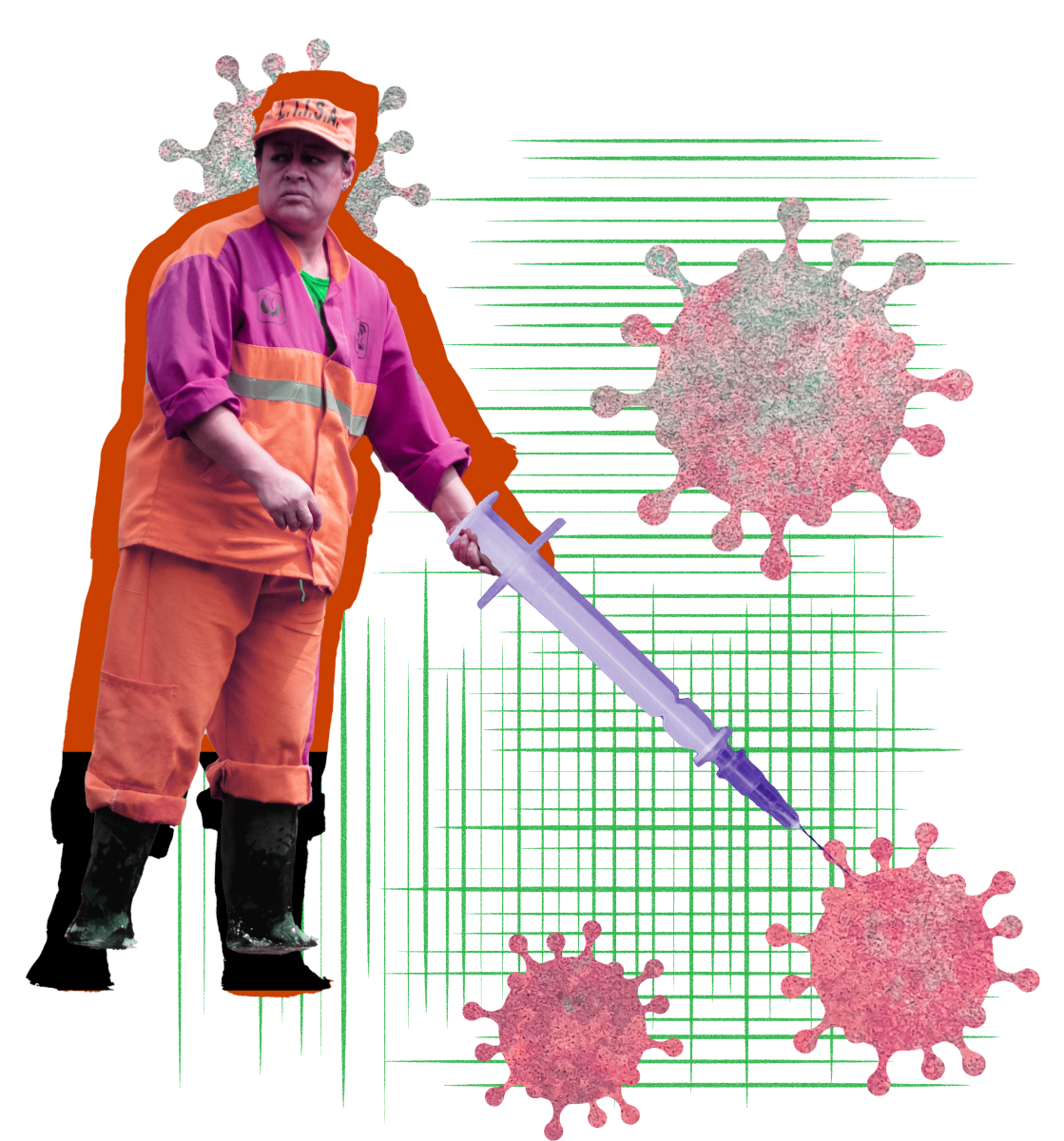NJIT is evidently a male-dominated school in terms of gender ratio. Within the undergraduate population, the number of males is almost triple the number of females.
To some people, the discrepancy is more apparent, oftentimes due to what their major is. This can become a disadvantage and challenge for those women that are outnumbered by men in their field of study.
Zehra Tariq-Shuaib, a senior chemical engineering major, is one of many students who have experienced the gender disparity first hand. Tariq-Shuaib says that “In one of my classes, there are thirty-six students and only twelve females. The worst I’ve had is twenty-five people and only three or five girls.”
“Honestly, more than ten girls in a class is considered a high number. I’m so used to seeing a smaller number of females compared to guys that sometimes I don’t even notice it.”
In a classroom or lecture hall setting, the difference is less noticeable largely because the professor is lecturing. Students are mostly paying attention to the professor rather than talking to classmates and socializing, which would make the disparity more apparent.
However, this difference is more noticeable in the workplace when one has to interact with their coworkers on a daily basis. This is where the discrepancy becomes a problem.
Kimberly Prince, a senior Science, Technology and Society major, explains, “The main problem I’ve seen a lot is with networking and that becomes a problem for promotions. You are gonna get hired. No employer is going to say ‘I’m not going to hire you because you are a woman.’ But it’s getting the promotions and moving up later on that become difficult. Sometimes girls are just closed off from certain conversations that guys have where they help each other with opportunities for better jobs.”
The disproportionate amount of men in male-dominated fields leads to informal social groups within organizations more easily being formed by and for men, simply because of the numbers. This tendency towards male-centric social groups at work makes it more difficult for women to join these groups, resulting in the problems described by Prince.
Gender stereotypes also play a role in hindering women’s advancements at their jobs. Saniya Saxena expresses how “I have to do better than is expected to make a name for myself because I am a woman. They won’t take me seriously unless I am extraordinary just because everyone will look down on me since ‘girls wouldn’t know about this.’”
Saxena is a sophomore Mechanical Engineering major and president of the NJIT chapter of Girl Up Club, a United Nations organization that helps girls in developing nations receive an education, works to achieve equal rights for every girl and empowers women worldwide.
Saxena explains the difference in how men and women are treated in the workplace. Although this is not specific to male-dominated fields of work, the effects are worse in these fields as a person can more easily fall back on a male coworker with the same job for assistance if they automatically believe the woman is incompetent.
This is similar to the difference between being innocent until proven guilty and being guilty until proven innocent. Society often may portray men as “capable until proven incompetent,” while women are sometimes seen as “incompetent until proven capable.” This forces women to work harder than men for the same job in order to be on the same playing field, making it harder for women to move forward in their careers.
There are various clubs at NJIT, including Women in Computing Science (WICS) and Society of Women Engineers (SWE), that provide women in these male-dominated fields opportunities to connect and help each other. There is also the Murray Center, which provides a space for women to get together without any bounds by major.
Fran Sears, the special programming manager at the Murray Center, recalls how, “Ten years ago, young women were more interested in bio and BME. But now we see women more interested in computer science and other majors that are generally considered boy’s majors.” However, there is still much room for improvement.
Saxena believes, “The problem stems from high school as women are pushed towards biology and chemistry while guys are pushed towards engineering. Women are not encouraged to be in STEM and that is reflected in the workforce. So, encourage women to be in that [STEM] field starting in high school because by the time you are in college you have a general idea of what you want to do. In high school, you are still figuring it out.”































